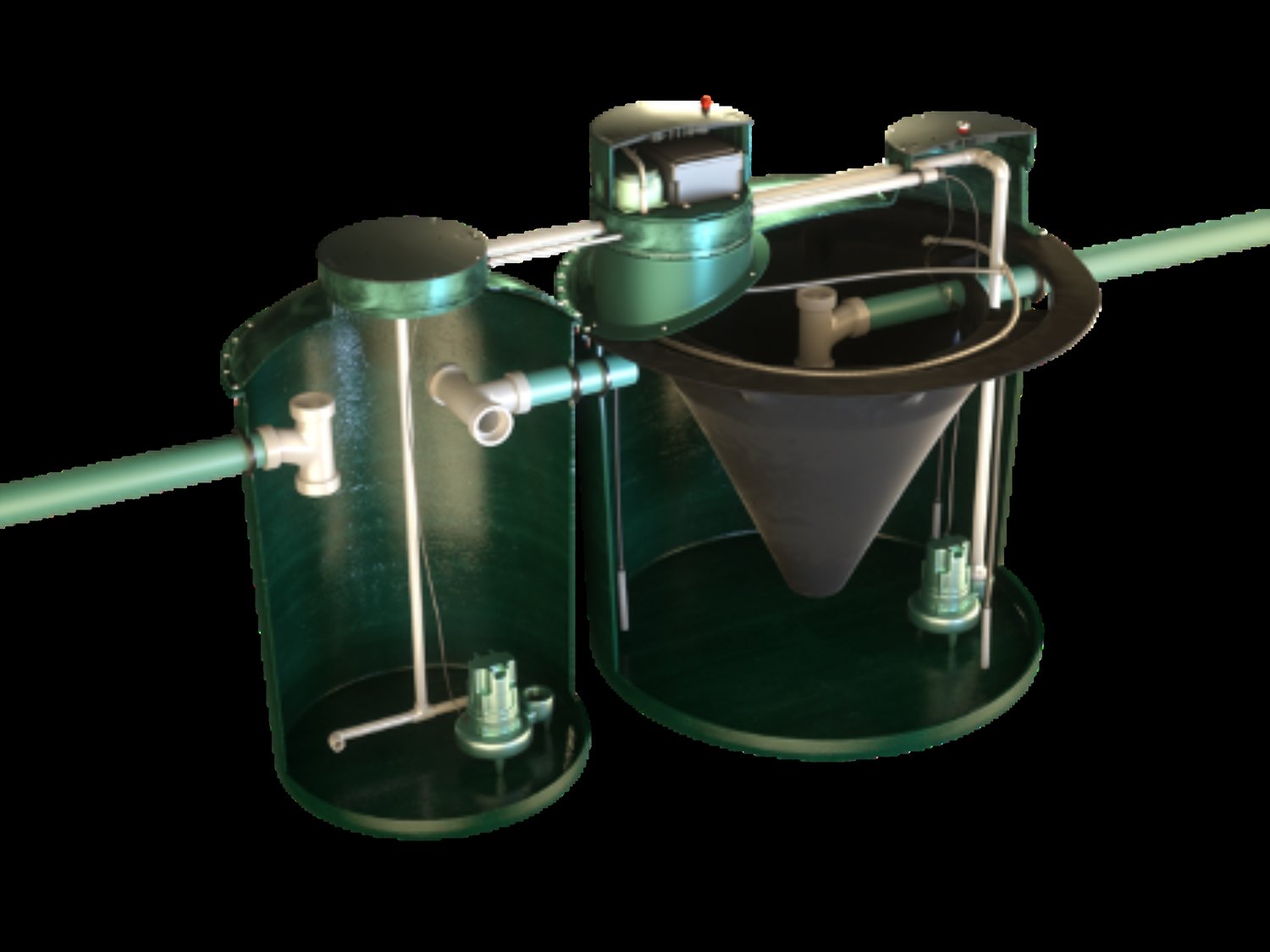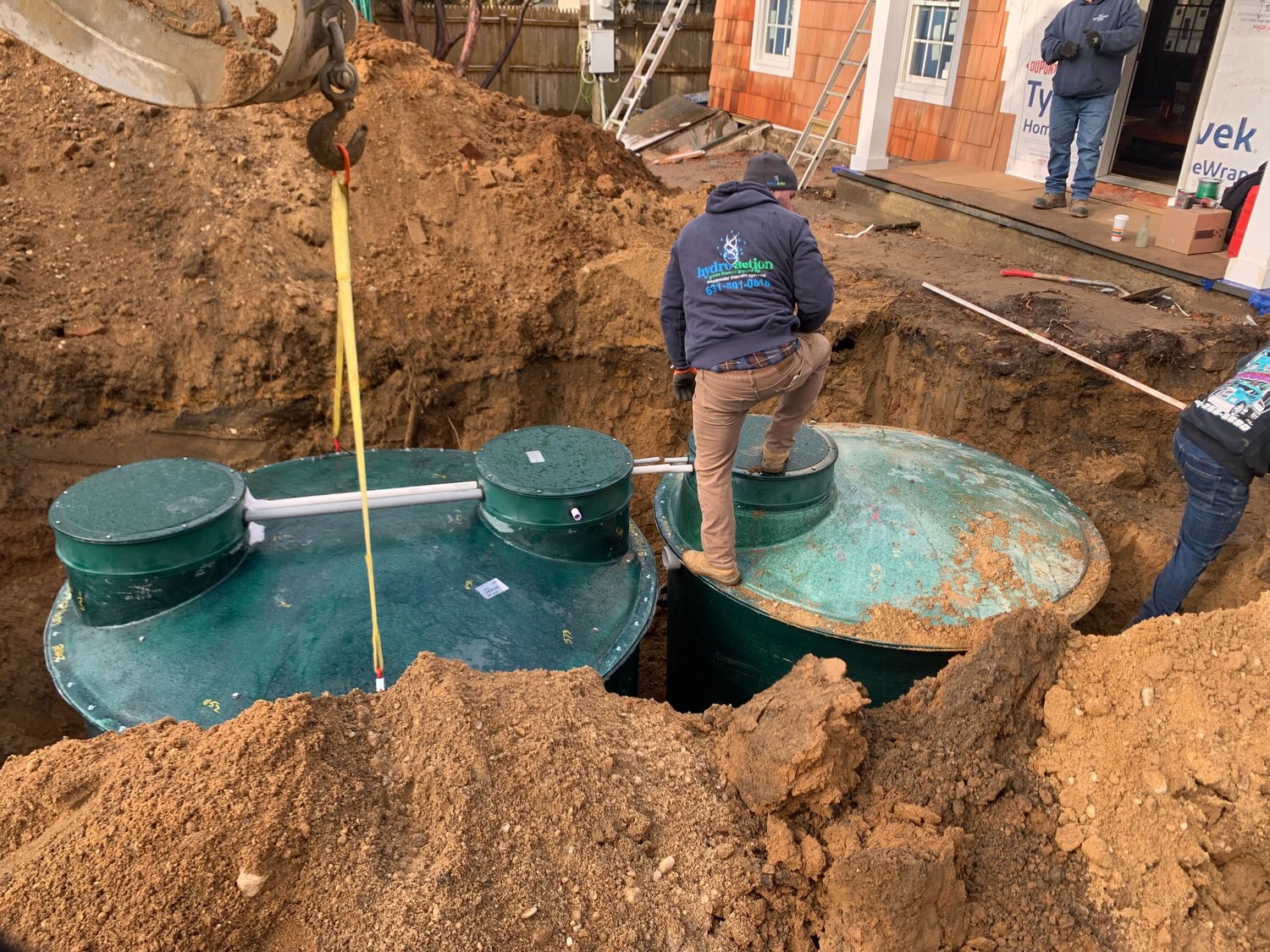Friday, April 19, 2024
Land Alliance’s eco-friendly septic system benefits all
For the North Shore Land Alliance, protecting Long Island’s water is an essential aspect of land conservation and ensuring the health and safety of residents of the North Shore. Now, with the installation of an eco-conscious “Hydro-Action” septic system at their headquarters, they’re saving two birds with one stone.
The North Shore Land Alliance is a nonprofit land trust and conservation group which maintains and protects over 500 acres of public and private land on Nassau County’s North Shore. Founded in 2002, the Land Alliance is currently renovating their headquarters at the Humes preserve, a historic nature preserve located in Mill Neck.
Long Island, like many parts of the United States, is seeing a major issue with the oversaturation of nitrogen in the soil and water due to a lack of runoff and inefficient and outdated septic systems. Lisa Ott, president and CEO of the Land Alliance, explained that by updating their septic system they are again doing their part to protect the local environment.
“We sit on top of the island’s sole source aquifer, and if you don’t protect the land on top of the aquifer, then the rains and the snows don’t permeate the surface of the earth and recharge the aquifer,” Ott said. “At this time, the number one environmental issue on Long Island is nitrogen pollution.”
Nitrogen pollution in the land and water systems can cause a myriad of dangerous affects to locals living in the area. In addition to health risks such as reducing oxygen levels, it can also bleed into the Sound causing increasing numbers of algae blooms, commonly known as red tide, as well as killing large numbers of fish.
The new Hydro-Action septic system addresses this issue by using electricity to convert the nitrogen in the water into gas, according to Olivia Calandra, a conservation technician for the Nassau County Soil and Water Conservation District. Calandra explained that systems like these, which her organization has now installed 50 — mainly in Bayville and Sea Cliff — are an important step in conserving Long Island’s limited water reserves and natural resources.
“Without reducing the nitrogen in our septic systems, it’s basically just a big hole in the ground that is leaching right into our aquifer,” Calandra continued. “So it’s important that these systems actually reduce the nitrogen to such a small amount that when we do demonstrations, we’re actually able to take a drink of it.”
Excess nitrogen levels are often caused by the lack of green space, which leads to water instead getting wasted on concrete and asphalt. In addition, high in nitrogen products such as fertilizer, commonly used in gardens and on golf courses, are also an important contributing factor to this issue.
By using a biological process that mimics the natural nitrogen cycle, the Hydro-Action septic system maintains appropriate levels of nitrogen, said Justin Jobin, wastewater management consultant for the Nassau County SEPTIC program. The program encourages Nassau County residents to replace their outdated septic systems by offering $20,000 per system to help reduce the cost of the installation.
“There’s 40,000 septic systems on the North Shore that basically just infiltrate groundwater and ultimately go out to surface water,” Jobin said. “So, what we’re doing is we’re converting the nitrogen to nitrate in the tank and then we’re taking out that water and we’re recirculating it.”
Anyone interested in replacing their own septic system can visit nassaucounty.gov/SepticReplace.
HELP SUPPORT LOCAL JOURNALISM
The worldwide pandemic has threatened many of the businesses you rely on every day, but don’t let it take away your source for local news. Now more than ever, we need your help to ensure nothing but the best in hyperlocal community journalism comes straight to you. Consider supporting the Herald with a small donation. It can be a one-time, or a monthly contribution, to help ensure we’re here through this crisis. To donate or for more information, click here.
Sponsored content
Other items that may interest you









